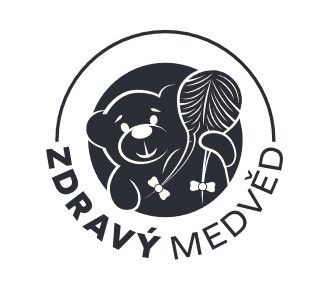Sown millet
Characteristics: Millet (Panicum miliaceum) is an ancient cultural crop - a cereal from the Poaceae family, which probably originates from East Asia. Today it is grown in agricultural areas all over the world and often weeds out. It is an annual grass with erect stems up to 200 cm high. The leaves are flat, up to 40 cm long. The flowers are in spikes that form a panicle, the fruit are yellow grains. Blooms from July to September. In the early Middle Ages, millet was a significant part of the diet of the people of that time. Today, in addition to the food industry, it is mainly used to feed birds. Millet is an integral part of the celiac diet because it does not contain gluten. Millets are obtained from grains, which contain important micronutrients.
Part used: fruits
Ingredients: Millet contains 7-12% protein, 2-5% fat, 65-75% carbohydrates and 15-20% fiber. Millet is unique among cereals due to its high content of calcium, iron, potassium, magnesium, phosphorus, zinc, fiber, lecithin, protein, and polyphenols (ferulic acid, catechins). They contain essential amino acids (leucine, isoleucine, and methionine) and vitamins, especially niacin, vitamin B6 and folic acid.
Dietary supplements: Among the most consumed products are ready-made breakfast cereals made purely from millet flour and various noodles and bakery products, which, however, are often made from mixtures with wheat flour.
Effect: Millets are easily digestible. They contain a high amount of lecithin, which supports the health of the nervous system by helping to restore the function of nerve cells, regenerate the myelin fiber and intensify the metabolism of brain cells. Millet consumption is associated with a reduced risk of type 2 diabetes mellitus. Millet has a low glycemic index, meaning it does not raise blood sugar levels. It is also a rich source of magnesium, which acts as a cofactor in a number of enzymatic reactions that regulate the secretion (excretion) of glucose and insulin. Magnesium can reduce the frequency of migraine headaches and is beneficial for people suffering from atherosclerosis and cardiovascular diseases. Millet is a good source of phosphorus, which plays a vital role in the formation of the bone mineral matrix and is a basic component of ATP, which provides energy in the body. In addition, phosphorus is a very important component of nucleic acids, which are the building blocks of the genetic code. The high calcium content also supports the strengthening of bones and healthy teeth. Because millets are high in fiber, antioxidants, and complex carbohydrates, they may be valuable in preventing cardiovascular disease and cancer. Therefore, regular consumption of millet can reduce high blood pressure and high cholesterol as well as slow down the aging process.
Recommended daily dose: Not determined.
Adverse effects: Excessive consumption of millet can also have an adverse effect. Millets contain a goitrogen, a substance that interferes with thyroid hormone production and inhibits the uptake and utilization of iodine by the thyroid gland.
Interaction: Missing information.
Pregnancy: Safe as food.
Breastfeeding: Safe as food.
Toxicity: No information available.
Sown millet
Chat with us on WhatsApp



